Home>Home Appliances>Home Automation Appliances>How Do You Operate A Honeywell Thermostat
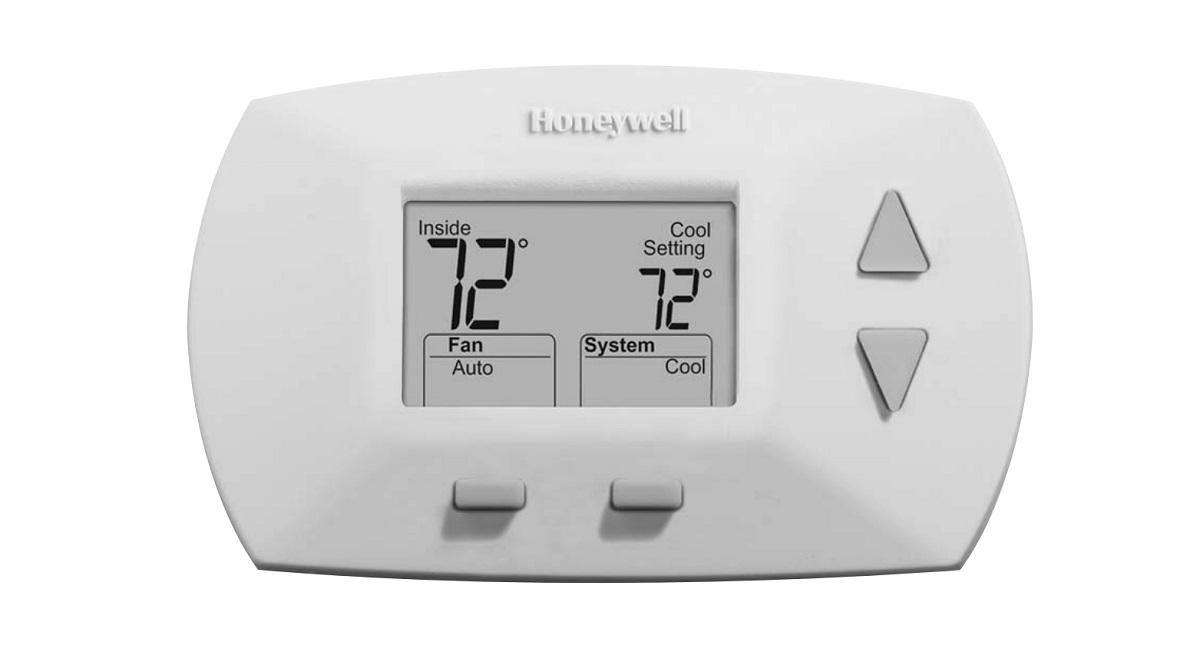

Home Automation Appliances
How Do You Operate A Honeywell Thermostat
Modified: February 24, 2024
Learn how to operate a Honeywell thermostat for efficient home automation. Get tips on using home automation appliances to control your indoor climate.
(Many of the links in this article redirect to a specific reviewed product. Your purchase of these products through affiliate links helps to generate commission for Storables.com, at no extra cost. Learn more)
Introduction
So, you've just installed a state-of-the-art Honeywell thermostat in your home, and you're eager to explore its features and functionality. Whether you're a tech-savvy homeowner or someone who's just dipping their toes into the world of home automation, understanding how to operate a Honeywell thermostat is crucial for maintaining a comfortable and energy-efficient living environment.
In this comprehensive guide, we'll delve into the intricacies of using a Honeywell thermostat, from the initial setup to programming and troubleshooting common issues. By the end of this article, you'll feel confident in your ability to harness the full potential of this advanced device.
Let's embark on this journey to demystify the operation of your Honeywell thermostat, empowering you to take control of your home's climate with ease and precision. Whether you're looking to optimize energy consumption, customize temperature schedules, or simply enjoy the convenience of smart home technology, this guide has you covered. So, let's roll up our sleeves and dive into the world of Honeywell thermostat operation!
Key Takeaways:
- Master your Honeywell thermostat by setting it up strategically, programming personalized schedules, and troubleshooting common issues for a comfortable and energy-efficient home.
- Embrace the convenience of smart home technology with your Honeywell thermostat, allowing you to control your home’s climate remotely and optimize energy consumption effortlessly.
Understanding the Honeywell Thermostat
Before we delve into the operational aspects, it's essential to grasp the fundamental features and components of a Honeywell thermostat. These devices are designed to regulate the temperature within your living space, offering precise control and energy-saving capabilities. The Honeywell thermostat serves as the nerve center of your home's heating and cooling systems, allowing you to customize settings based on your preferences and schedule.
One of the standout features of Honeywell thermostats is their intuitive interface, which often includes a digital display for easy navigation. Depending on the model, you may encounter touch-screen functionality, making it a breeze to adjust settings and access advanced options.
Additionally, many Honeywell thermostats are equipped with smart technology, enabling seamless integration with home automation platforms and voice assistants. This connectivity empowers you to manage your home's climate remotely, whether you're lounging on the couch or miles away.
Another crucial aspect of understanding your Honeywell thermostat is familiarizing yourself with its compatibility with heating, ventilation, and air conditioning (HVAC) systems. Whether you have a conventional furnace and central air conditioning or a more complex HVAC setup, Honeywell offers a diverse range of thermostats to suit various configurations.
Furthermore, it's worth noting that some Honeywell thermostats feature adaptive learning capabilities, meaning they can analyze your temperature preferences and habits to optimize comfort and energy efficiency automatically.
By gaining a solid understanding of the Honeywell thermostat's core functionality and capabilities, you'll be well-prepared to navigate its operation with confidence and make the most of its advanced features.
Setting Up the Honeywell Thermostat
Now that you have a grasp of the fundamental features of your Honeywell thermostat, it’s time to embark on the setup process. Before diving into the installation, it’s crucial to select a strategic location for the thermostat. Ideally, it should be placed on an interior wall, away from direct sunlight, drafts, and other sources of heat or cold that could skew temperature readings.
Once you’ve identified the perfect spot, it’s time to install the thermostat. The process may vary depending on the model, but generally, it involves turning off the power to your heating and cooling systems, removing the old thermostat, and connecting the wires to the corresponding terminals on the new Honeywell thermostat.
After the physical installation is complete, it’s essential to power up the thermostat and configure the basic settings. This typically involves setting the date and time, selecting the temperature scale (Fahrenheit or Celsius), and customizing display preferences.
For Wi-Fi-enabled Honeywell thermostats, the setup process extends to connecting the device to your home network and configuring any associated mobile apps or smart home platforms. This connectivity opens up a world of possibilities, allowing you to control the thermostat remotely and integrate it with other smart devices in your home.
As you navigate through the setup menus, take the opportunity to familiarize yourself with the various options and settings available on your specific Honeywell thermostat model. Understanding these features from the outset will empower you to make informed decisions when it comes to customizing your home’s climate control.
By the time you’ve completed the setup process, you’ll have laid the groundwork for harnessing the full potential of your Honeywell thermostat. With the physical installation and initial configuration behind you, it’s time to explore the next phase: programming the thermostat to suit your lifestyle and preferences.
To operate a Honeywell thermostat, start by setting the date and time, then adjust the temperature using the up and down arrows. You can also program a schedule for different times of day.
Programming the Honeywell Thermostat
As you settle into the routine of managing your home’s climate with the Honeywell thermostat, programming it to align with your schedule and comfort preferences is a pivotal step. Most Honeywell thermostats offer flexible scheduling options, allowing you to create personalized temperature settings for different times of the day and days of the week.
The first task in programming your Honeywell thermostat involves setting up a schedule that mirrors your daily rhythm. This may include specifying wake-up, departure, return, and bedtime temperature settings to optimize comfort and energy efficiency throughout the day.
Depending on the model, you may have the option to create multiple schedules to accommodate weekdays, weekends, and any variations in your routine. This level of customization empowers you to fine-tune your home’s climate control without the need for manual adjustments.
Furthermore, if your Honeywell thermostat features adaptive learning capabilities, it’s designed to observe your temperature preferences and habits over time, automatically adjusting its programming to suit your lifestyle. This hands-off approach to scheduling ensures that your home remains comfortable while minimizing energy consumption.
For those with Wi-Fi-enabled Honeywell thermostats, the programming process extends to leveraging the device’s remote access capabilities. This allows you to adjust the schedule from anywhere using a smartphone or other connected devices, providing unparalleled convenience and flexibility.
As you immerse yourself in the programming interface of your Honeywell thermostat, take the time to explore additional features such as vacation mode, which enables you to set temporary temperature adjustments when you’re away from home. This feature can help conserve energy and reduce utility costs during extended absences.
By mastering the art of programming your Honeywell thermostat, you’ll not only optimize comfort and energy efficiency but also gain a deeper appreciation for the device’s capabilities. With a tailored schedule in place, you can enjoy a seamlessly controlled climate in your home, effortlessly adapting to your lifestyle and preferences.
Troubleshooting Common Issues
While Honeywell thermostats are renowned for their reliability and user-friendly design, occasional issues may arise that can disrupt the seamless operation of these devices. Understanding common problems and their troubleshooting methods can help you swiftly address any hiccups and restore your thermostat to optimal functionality.
One prevalent issue that users encounter is a discrepancy between the displayed temperature and the actual room temperature. If you notice this disparity, it’s advisable to verify that the thermostat is installed in an appropriate location, away from heat sources or drafts that could skew its readings. Additionally, calibrating the thermostat or adjusting its placement may help rectify this issue.
Another common concern is related to connectivity and remote access. If you’re experiencing difficulties accessing your Honeywell thermostat remotely, ensure that it’s properly connected to your home Wi-Fi network and that the associated mobile app or smart home platform is functioning as expected. Troubleshooting connectivity issues may involve power cycling the thermostat, checking network settings, or updating the device’s firmware.
In some instances, users may encounter challenges with the thermostat’s programming or scheduling. If you notice irregularities in the scheduled temperature changes or if the thermostat fails to adhere to the programmed settings, it’s advisable to review and reprogram the schedule, ensuring that it aligns with your preferences and routine.
Furthermore, if your Honeywell thermostat displays an error code or indicator light, consulting the user manual or online resources for specific error code explanations and troubleshooting steps can provide valuable insights into resolving the issue. Resetting the thermostat, checking for firmware updates, and verifying the integrity of the system’s wiring are also recommended troubleshooting actions.
It’s important to note that if you encounter persistent issues with your Honeywell thermostat that defy conventional troubleshooting methods, reaching out to Honeywell’s customer support or seeking assistance from a professional HVAC technician can provide expert guidance in resolving complex issues and ensuring the continued reliability of your thermostat.
By familiarizing yourself with these common issues and their troubleshooting approaches, you’ll be well-equipped to address any challenges that may arise, allowing you to enjoy uninterrupted comfort and control provided by your Honeywell thermostat.
Read more: How Do You Turn Off A Honeywell Thermostat
Conclusion
Congratulations! You’ve now embarked on a journey to unravel the intricacies of operating your Honeywell thermostat, gaining valuable insights into its features, setup process, programming capabilities, and troubleshooting methods. Armed with this knowledge, you’re well-prepared to optimize your home’s climate control, enhance energy efficiency, and embrace the convenience of smart thermostat technology.
As you navigate the realm of Honeywell thermostat operation, remember that the key to harnessing its full potential lies in understanding its functionality and tailoring it to suit your lifestyle and preferences. Whether you’re fine-tuning the temperature schedule to align with your daily routine, troubleshooting minor issues, or exploring the device’s connectivity options, you’re actively shaping a more comfortable and efficient living environment.
Furthermore, as technology continues to evolve, so do the capabilities of Honeywell thermostats. With ongoing advancements in smart home integration, energy management, and user-centric design, these devices are poised to further elevate the way we interact with our living spaces, offering unparalleled control and customization.
By delving into the nuances of operating a Honeywell thermostat, you’ve not only empowered yourself to navigate its features with confidence but also positioned yourself on the forefront of home automation and energy conservation. Embracing the potential of your Honeywell thermostat is a step toward creating a more sustainable and comfortable home environment for yourself and future generations.
So, as you embark on this journey with your Honeywell thermostat, remember that you’re not just adjusting temperatures; you’re shaping a more efficient, comfortable, and connected home—one degree at a time.
Now, armed with a comprehensive understanding of your Honeywell thermostat’s operation, it’s time to put your newfound knowledge into practice and savor the benefits of a seamlessly controlled living space. Whether you’re optimizing energy usage, customizing temperature schedules, or simply reveling in the convenience of smart home technology, your Honeywell thermostat stands ready to fulfill your comfort and efficiency needs with unwavering precision.
Frequently Asked Questions about How Do You Operate A Honeywell Thermostat
Was this page helpful?
At Storables.com, we guarantee accurate and reliable information. Our content, validated by Expert Board Contributors, is crafted following stringent Editorial Policies. We're committed to providing you with well-researched, expert-backed insights for all your informational needs.
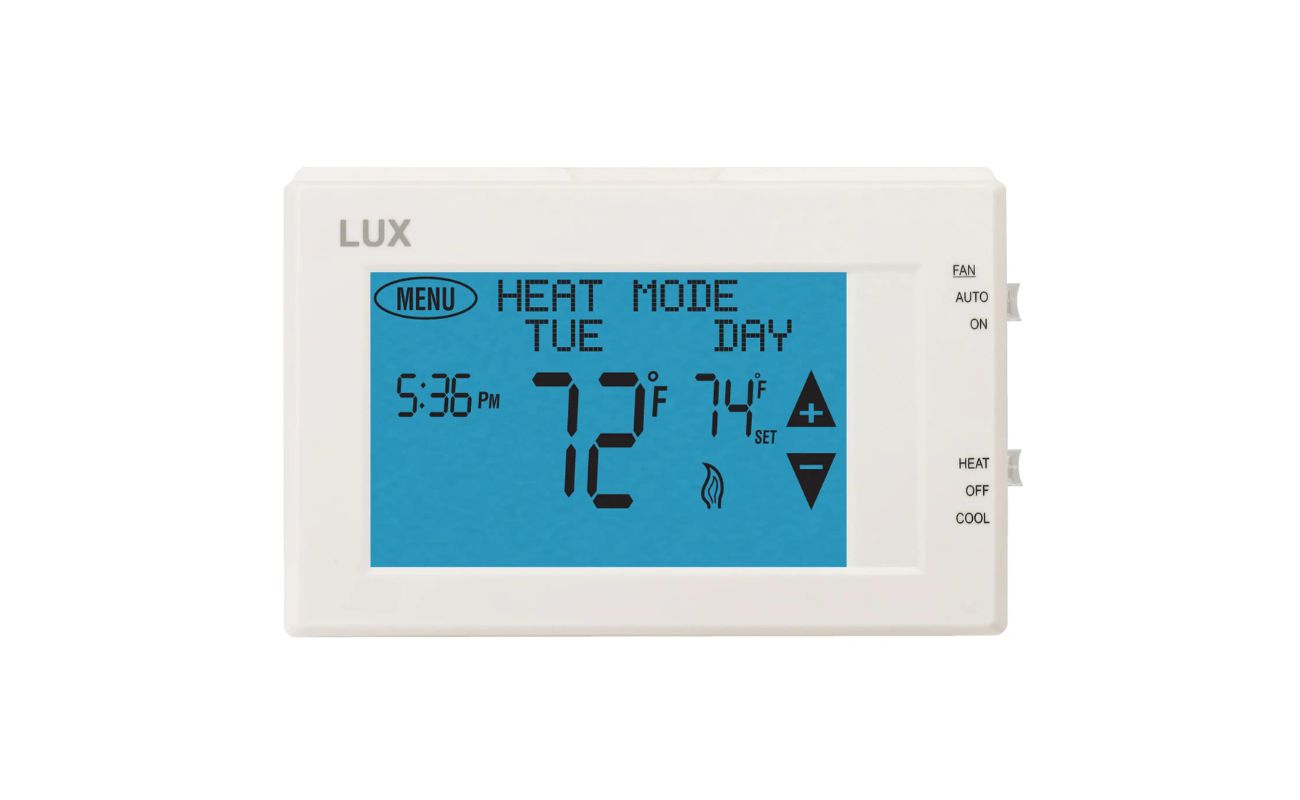
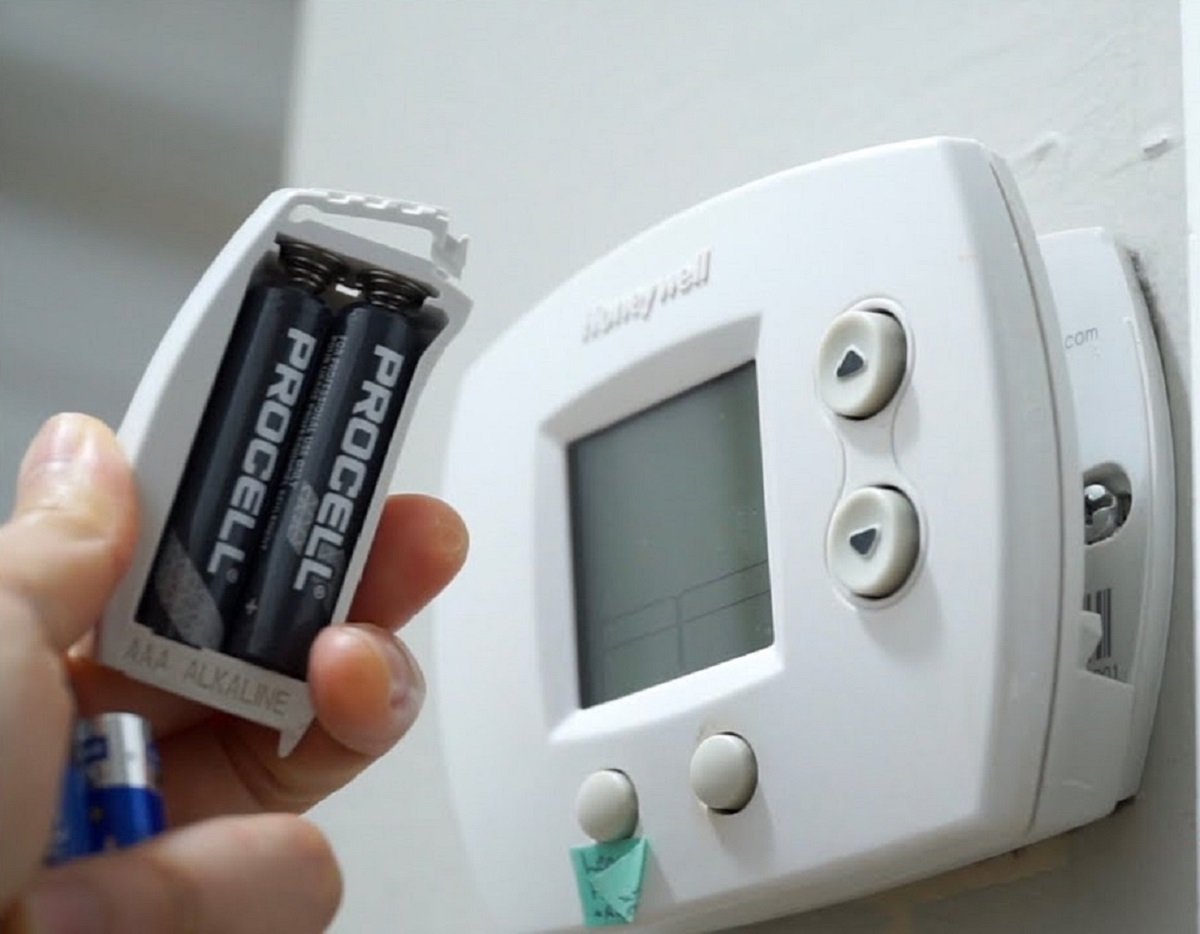
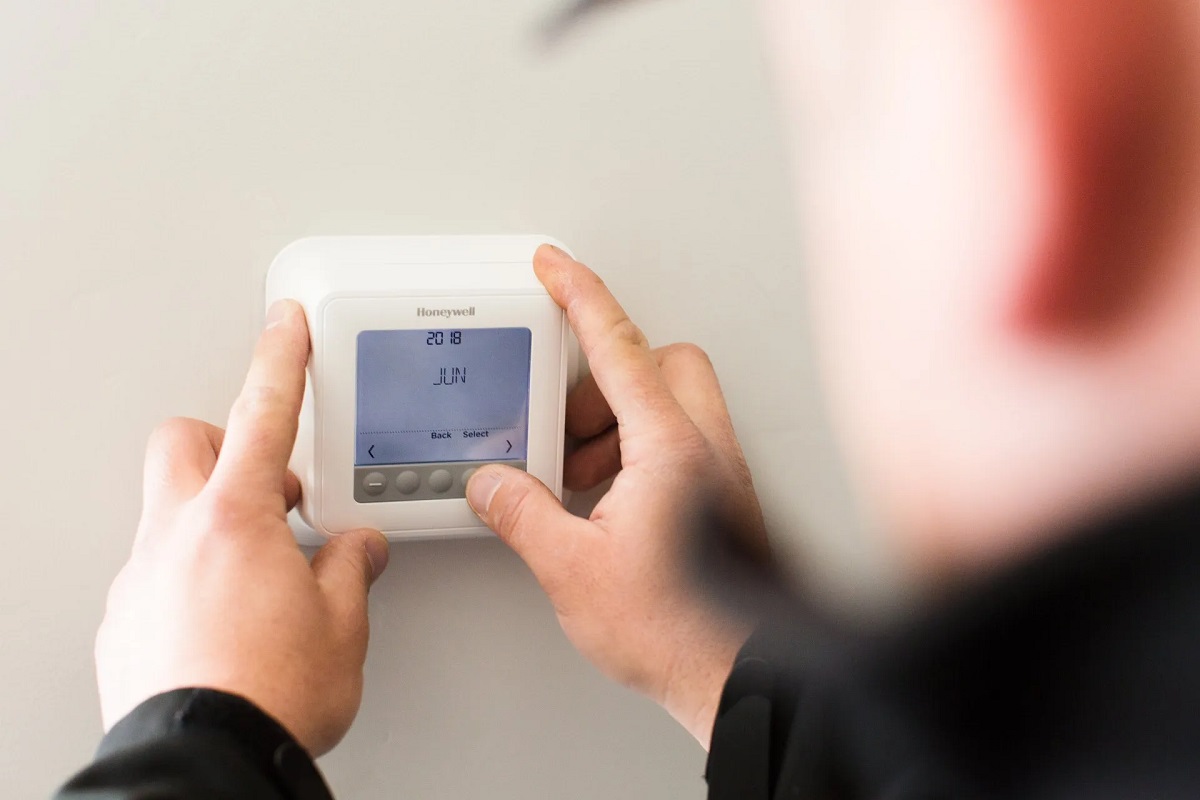
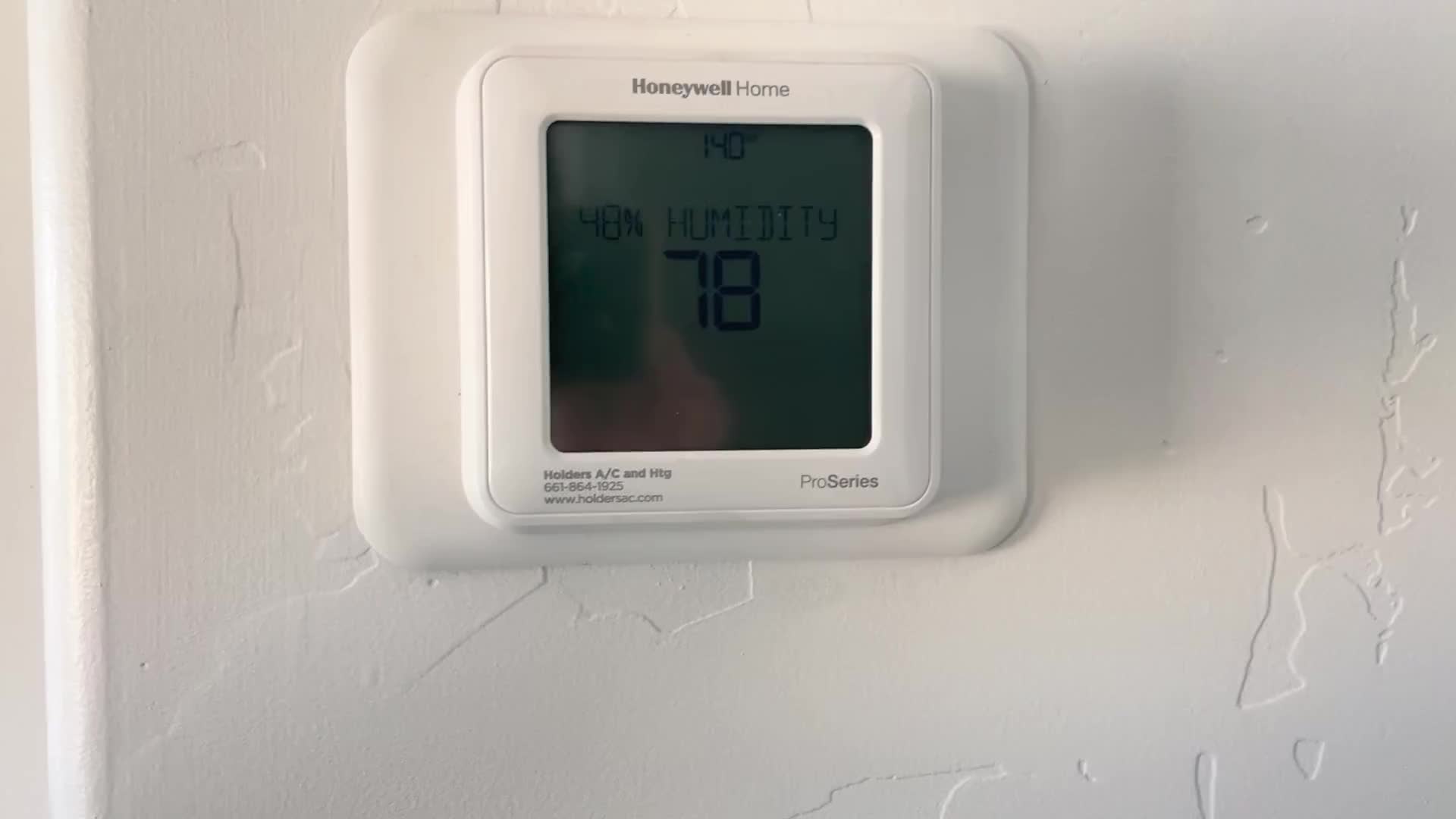
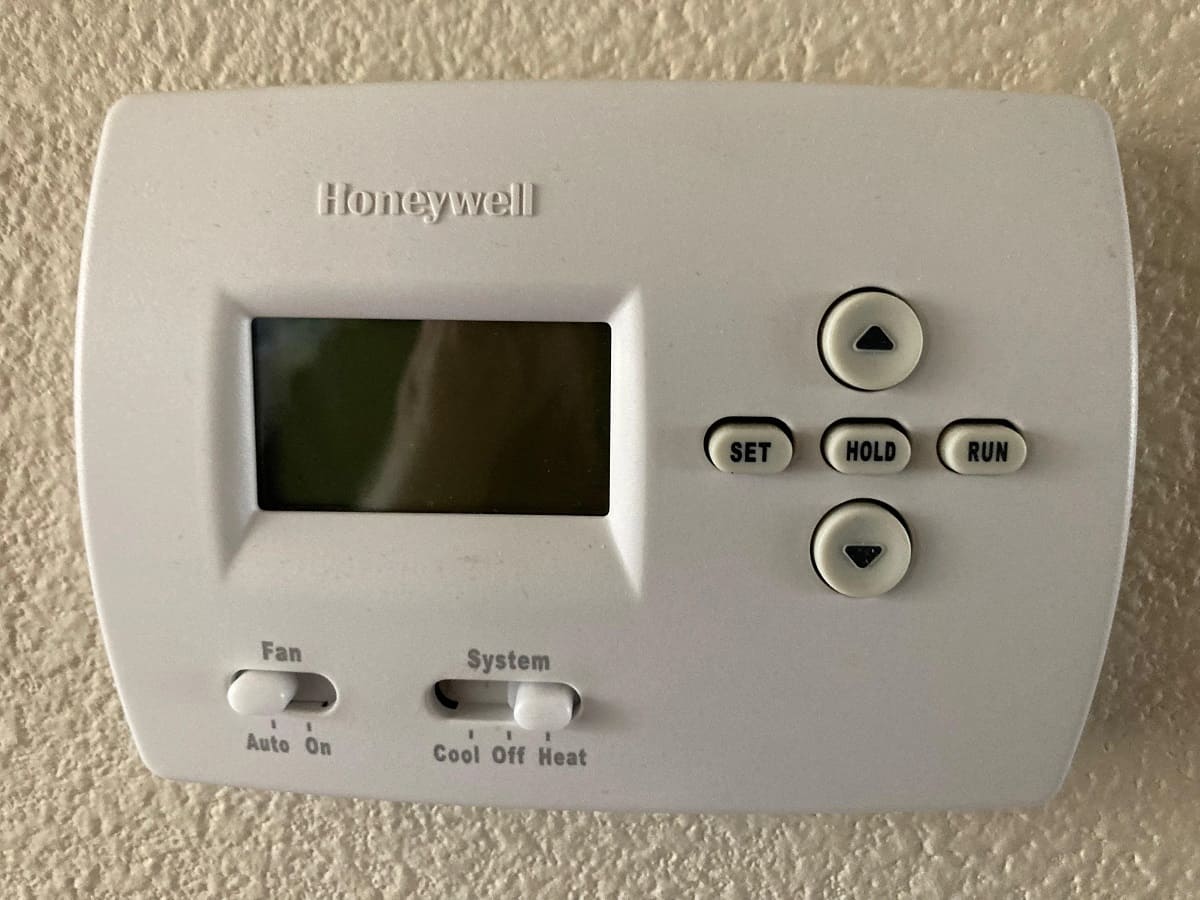
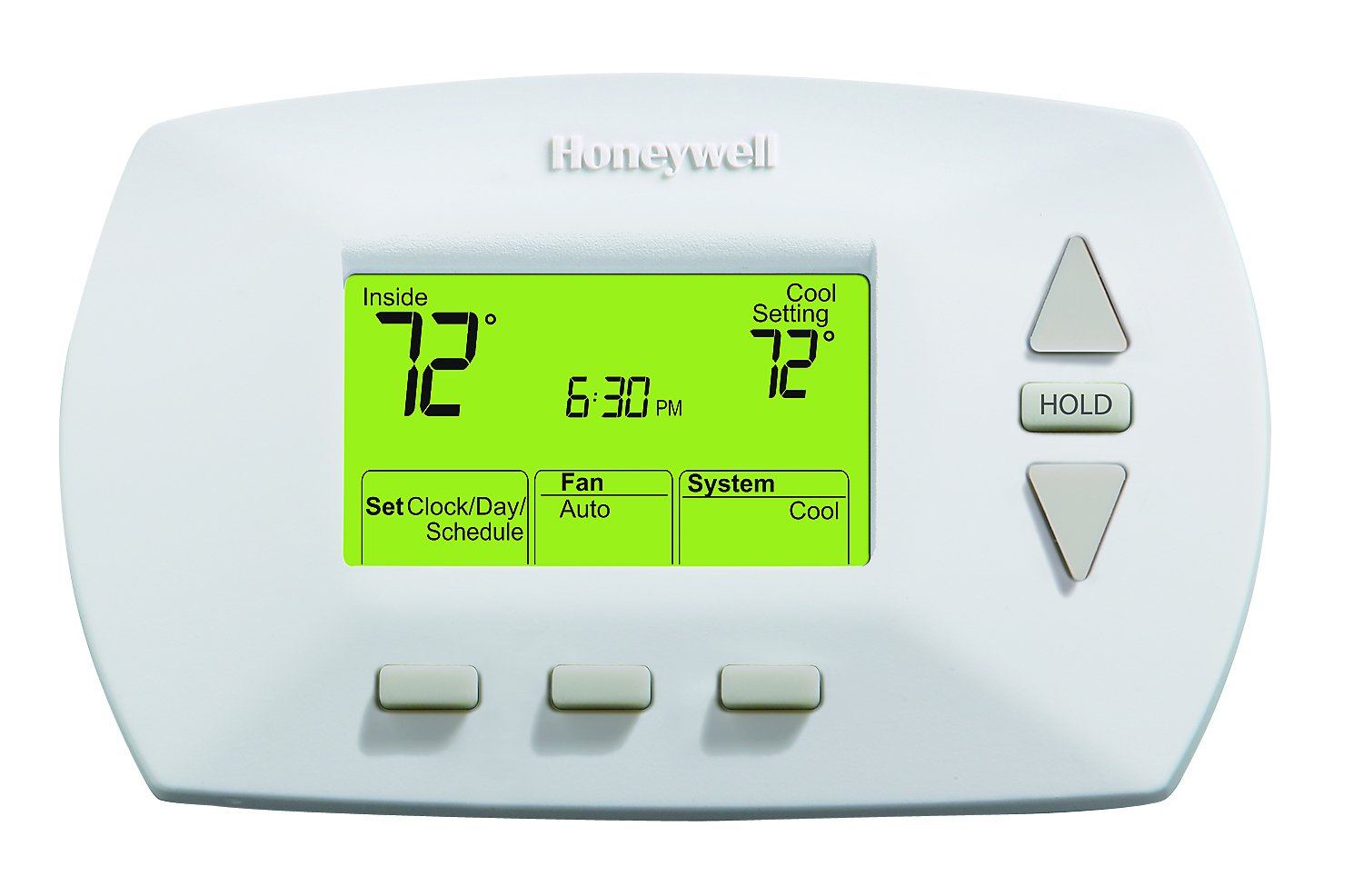
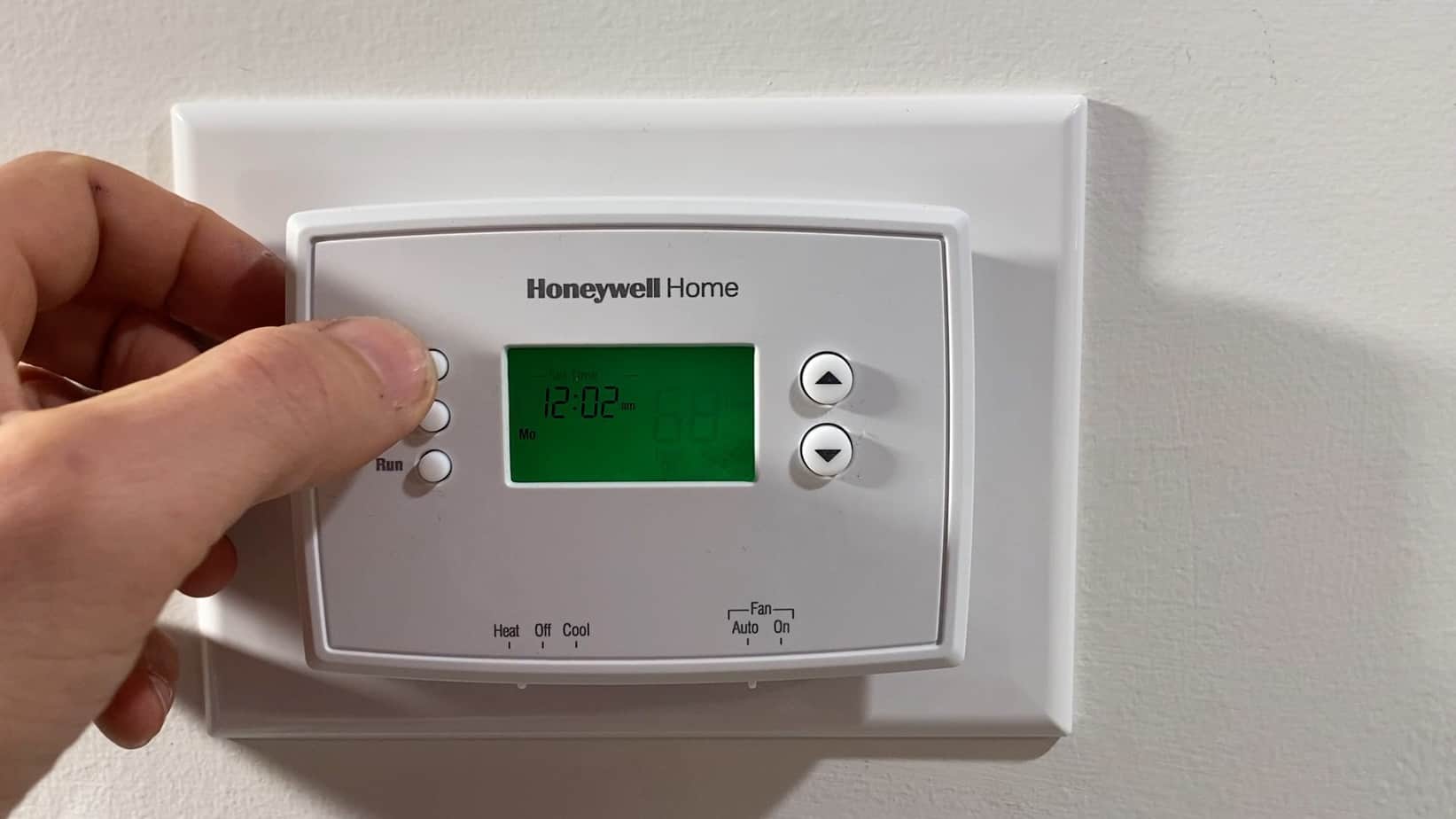
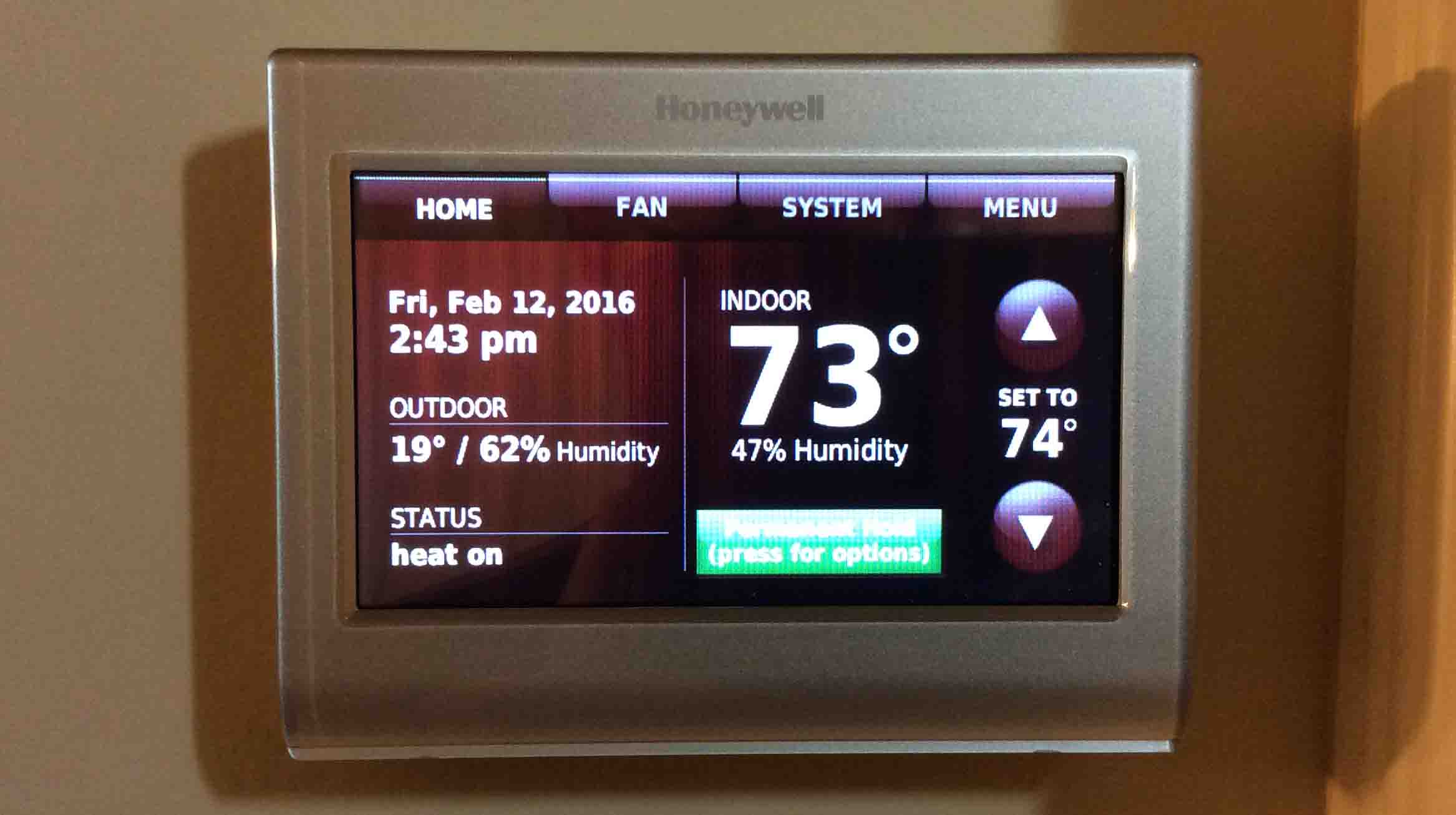
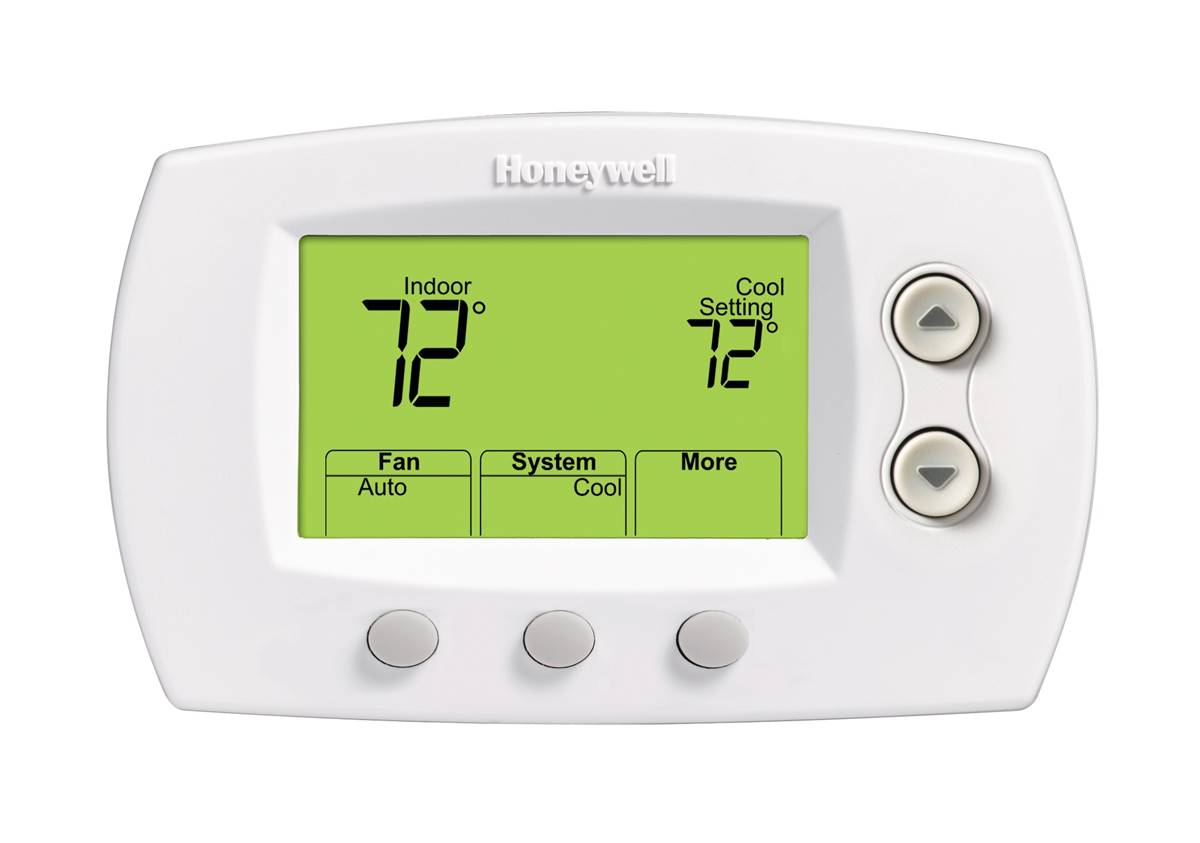
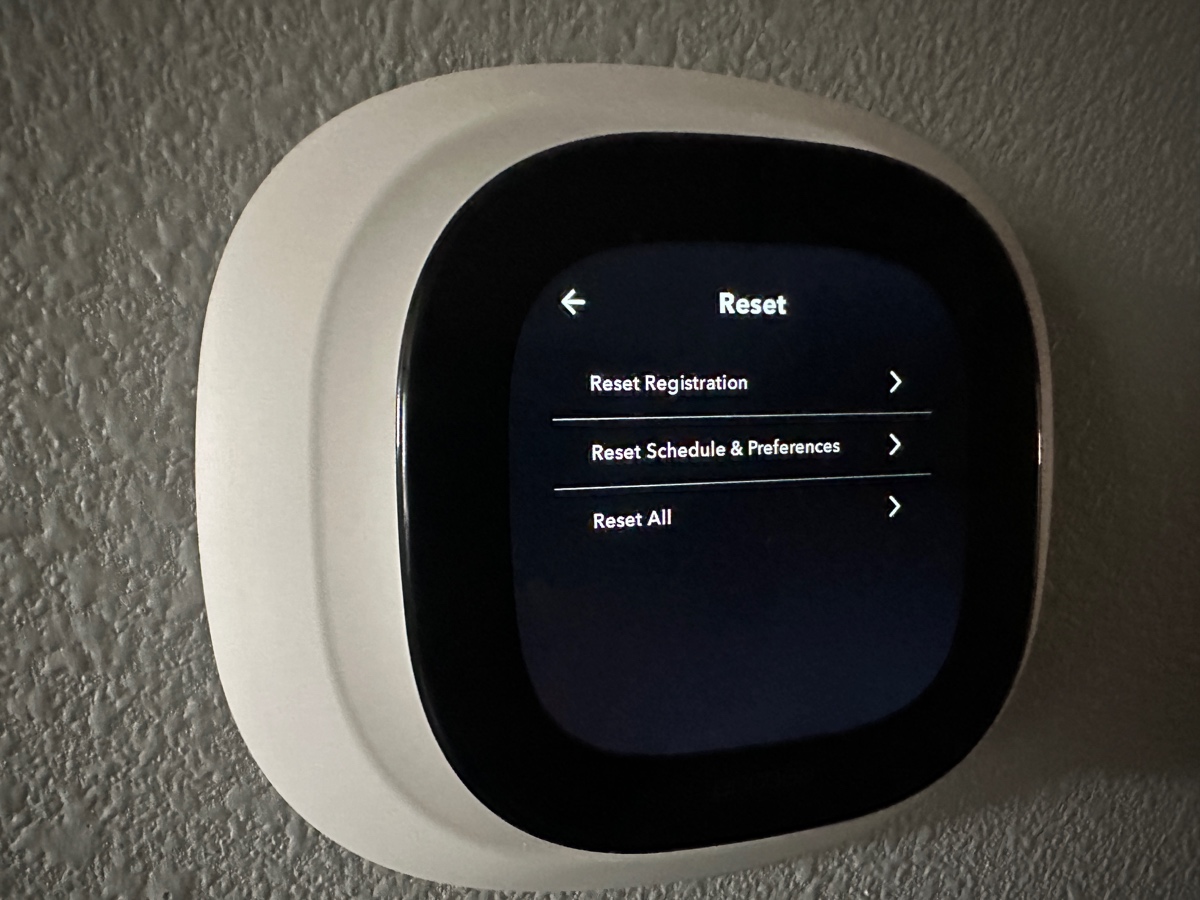
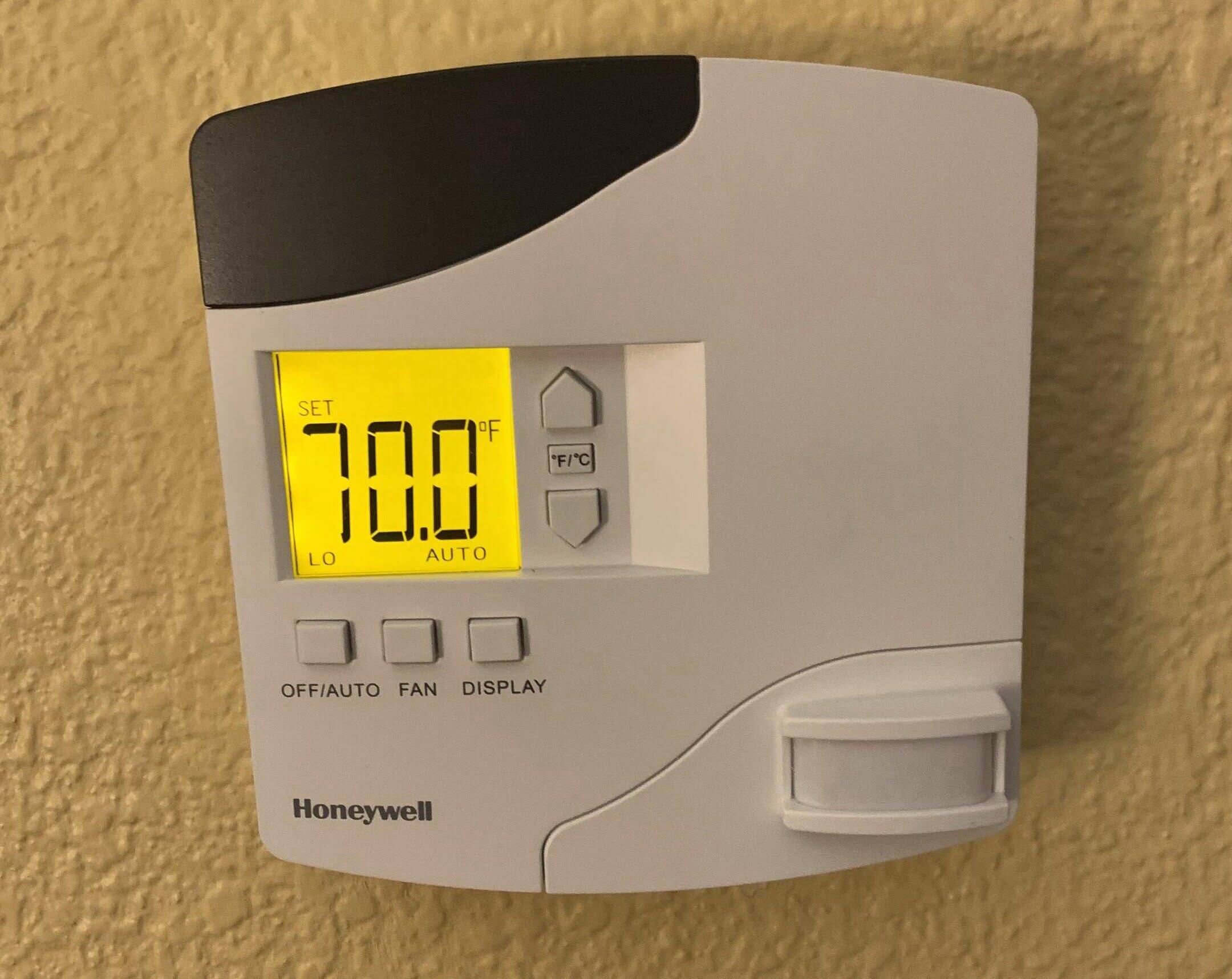
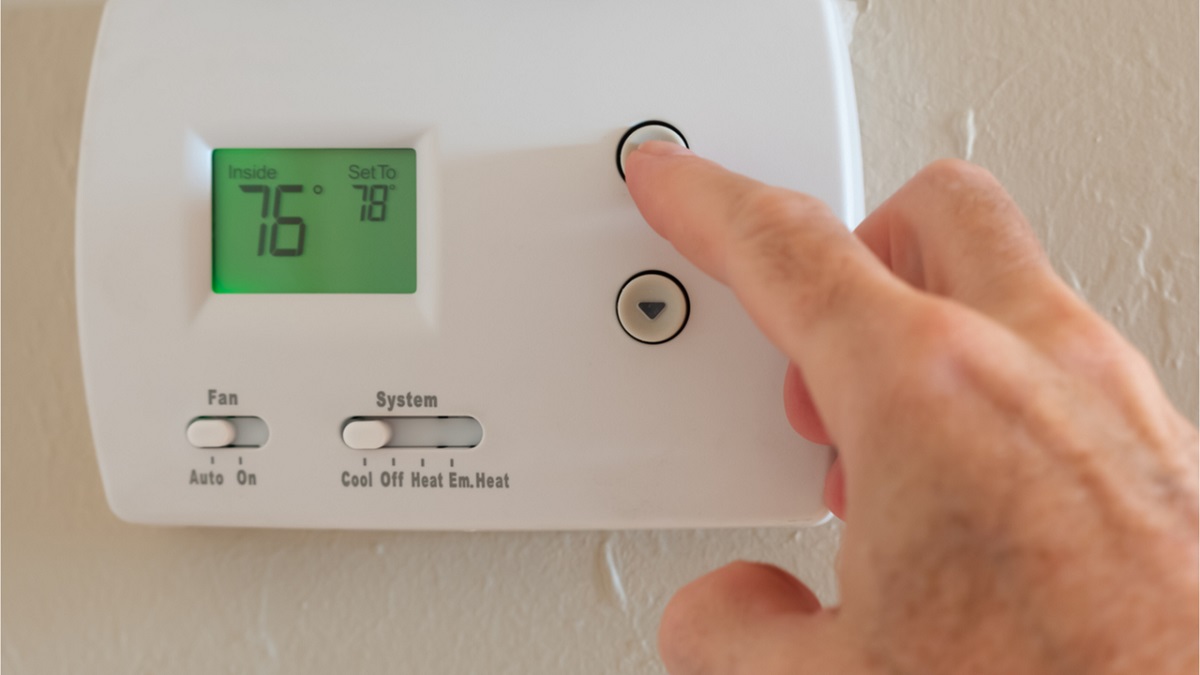
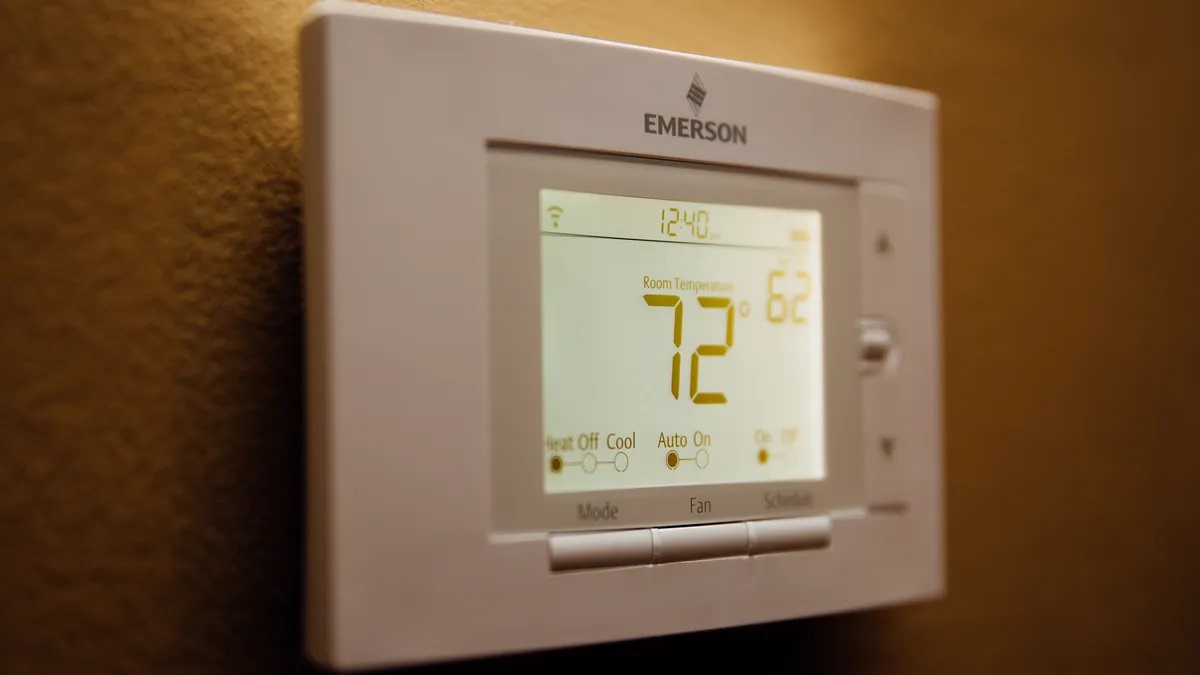
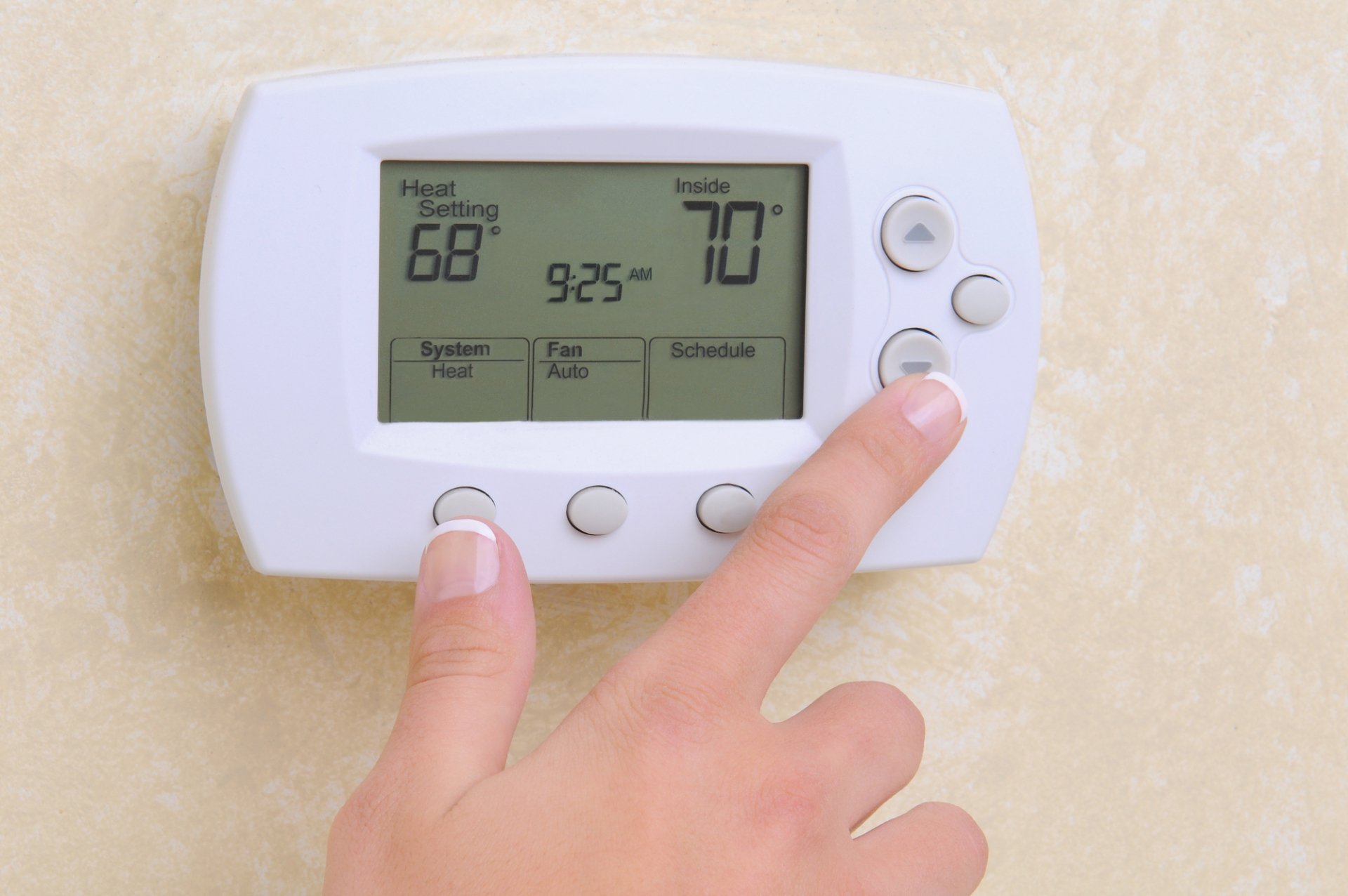

0 thoughts on “How Do You Operate A Honeywell Thermostat”